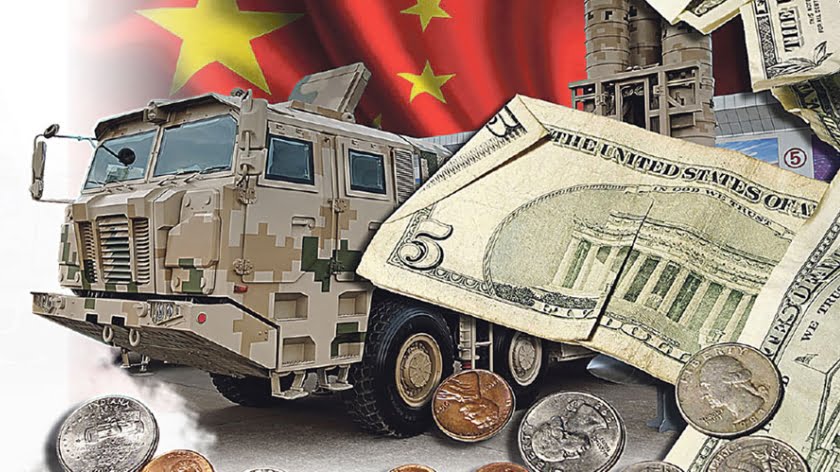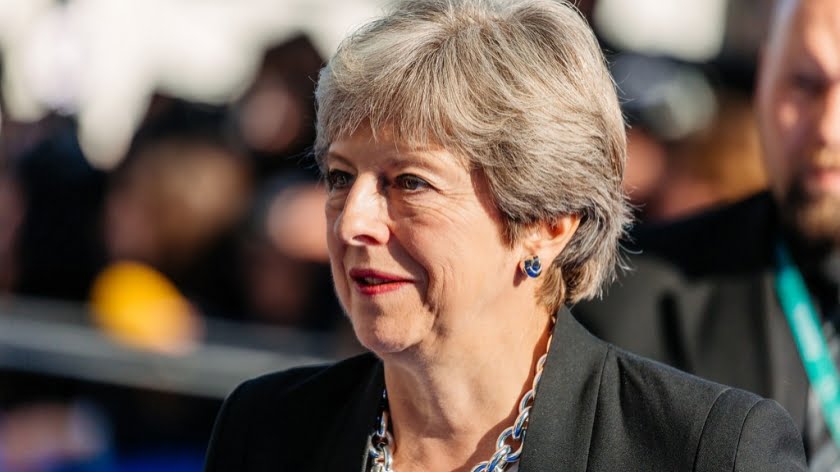Silk Road Arsenals – Part 1
China conquers the world with cheap weapons
State-of-the-art samples of Chinese military products (MP) presented to the public at the international salon “Airshow China 2018”, suggest that the strategy of the national defence industry development sets the pace to ensure the advance of the leading countries of the West and Russia.
Beijing’s policy of priority areas of the defence industry is aimed at strengthening the geopolitical potential of China and at seizing dominating positions in the global arms market. At the same time, the Chinese authorities are extremely reluctant to disclose information about military-technical cooperation (MTC) with partners. If we are talking about the military-technical cooperation with China, we are not lagging behind. The general phraseology of domestic press releases has long been verified, censored and copied to such an extent that it can be depressing, and any ideas are unlikely.
However, one should be aware of the actions of the Celestial Empire in the arms market. At least because Vladimir Putin drew attention to it at the meeting of the commission on the Russian Federation’s MTC with foreign countries held on November 6. “The significantly changing environment in which military equipment has to be traded requires the readjustment of conventional approaches and the development of a new comprehensive strategy of action for the foreseeable future. In short, in the sphere of the MTC, we have both serious achievements and understanding of the major challenges we face,” said the President.
Not for the sake of greed
The export of Chinese MP is unlikely to be linked only with obtaining revenues from the weapons sale. China’s defence industry has the world’s second largest national arms and military equipment (AME) market after the US. China’s defence industry has the second largest defence spending in the world after the US. This year for the first time it has reached $200 billion. In addition, due to the military sanctions imposed by the Western countries against Beijing in the late 80s, China’s defence industry enterprises do not face noticeable competition in the domestic market.
In the past, military exports to China have traditionally been in second place, with the People’s Liberation Army (PLA) needs being a priority, but over the past decade, the sale of MP has played an important role in Beijing’s international policy to increase its influence in the world and in the most important regions. China’s desire to export military products, especially to developing countries, is a continuation of diplomacy aimed at strengthening relations both with states that are seen as strategic partners and with those that can provide economic, technological or political benefits.
For example, the growth of China’s and Pakistan’s MTC, the largest buyer of Chinese MP, is motivated, at least in part, by the need for Beijing to maintain a balance in the Asian region and to counterbalance India’s military build-up and economic recovery. In Africa, the majority of customers in the Celestial Empire have abundant natural resources, including oil, gas and coal, or important trade routes.
In developing countries with generally limited funds for upgrading MP, high profits are problematic in the AME markets. That is why the Chinese approach to export is based on sale of an affordable product range.
And the strategy for the expanding presence in these markets is closely linked to the “One Belt, One Road” initiative. It provides for the strengthening of China’s political and economic ties with about 70 developing countries in Asia, the Middle East and Europe, which account for up to 40 percent of the world GDP.
However, “One Belt, One Road” is not just about economics. It is increasingly clear that Beijing views this initiative as a means of increasing strategic and military influence and achieving certain political advantages.
That logic is reflected in the establishment in 2017 of a military base in Djibouti, a key area in the Horn of Africa, the decision to develop the port of Gwadar in Pakistan and similar facilities in Sri Lanka. These countries are considered China’s strategic allies.
In their efforts to promote the “One Belt”, the Chinese defence industry enterprises play an important supporting role. Working alone or in partnership, they can provide customers with military and commercial technologies, products, know-how, and industrial assistance for security and infrastructure development. For example, Norinko Corporation, one of the PCR’s largest defence companies specialising in air defence for the Army, also has capabilities in such areas as mining, commercial equipment, construction vehicles, civilian explosives and opto-electronic products. This provides it with a strong position in the implementation of defence projects and in business in general, which in turn brings it closer to the tasks to be solved as “One Belt – One Road”.
Directions of the main strike
Data from the Stockholm International Peace Research Institute (SIPRI) show that China’s share of the global arms market is increasing consistently every five years, from two percent in 2003-2007 to five percent in 2008-2012 and six percent in 2013-2017. China has become the fastest growing military exporter in the world. By comparison, the market share held by the two largest AME sellers, the US and Russia, declined slightly over the same period. The quota of other leading players, including France, Germany and the United Kingdom, remained relatively low. Apart from the Celestial Empire, only Israel and South Korea managed to increase their presence on the AME market over the last two decades.
The growth in the number of customers for Chinese MP looks even more impressive. In the 90s, according to SIPRI, China supplied explosives to about 30 countries, during the 2000s, already to 44 countries, and between 2010 and 2017, almost to 60 countries.
Companies from the Celestial Empire successfully sell MP to their Asian neighbours, the Middle East, Africa, Latin America, and even to some Eastern European countries. Pakistan has been the largest customer in the past 15 years, followed by Bangladesh, Myanmar, Iran, Venezuela, Algeria, Egypt, Sudan, Tanzania and Sri Lanka. Chinese arms importers include Belarus and Slovakia, Saudi Arabia and the UAE, Cameroon, Nigeria and Peru.
China’s military exports to South Asia, Bangladesh, Myanmar and Pakistan, are evidence of the importance that Beijing places on the region. It is implementing a strategy to make India so concerned about its neighbours that New Delhi would not have the opportunity, if not the resources, to counterbalance China’s growing regional influence and military might.
The strategy also applies to commercial sectors supported by the “Pearl Thread” programme. This includes investment in regional ports infrastructure, to exclude the Indians.
Another region important for China is South East Asia. Exports in this direction, coupled with growing investments in commercial areas, reflect Beijing’s efforts to expand its influence and defend its territorial requirements in the South China Sea.
The exports growth to Southeast Asia in recent years, especially the sale of large naval platforms to Thailand and Malaysia, and various combat systems to Indonesia, confirms the fact that for these buyers it is very important to have close strategic relationship with China, and the Chinese MP are also very attractive in terms of “cost-benefit”.
There is a strategic expansion of China in Africa, representing another priority region for the “One Belt – One Road” initiative. According to the State Administration for Science, Technology and Industry for National Defence (SASTIND), defence industry enterprises have established links with 45 of the 54 African countries. However, SASTIND would like to further expand this cooperation in the coming years in order to support the military development of the Black Sea states and build their strategic relationship with China.
Similar projects are under way in Latin America and the Middle East with the expansion of exports of MP. They are supported by investment, trade and industrial participation in various commercial sectors, including transport, energy, construction and infrastructure.
The volume of interaction with the participants of “One Belt” can be judged by the data of the Aviation Industry Corporation of China (AVIC). Exports reached a record of 96.7 billion yuan ($14.1 billion) in 2017, equivalent to 24 percent of the corporation’s total annual revenue. This success is closely linked to the expansion of the corporation’s international activities, which, among other things, has built 65 facilities in 28 countries that are considered vital for the “One Belt – One Road” project.
By Nikolay Novichkov
Source: VPK via South Front











